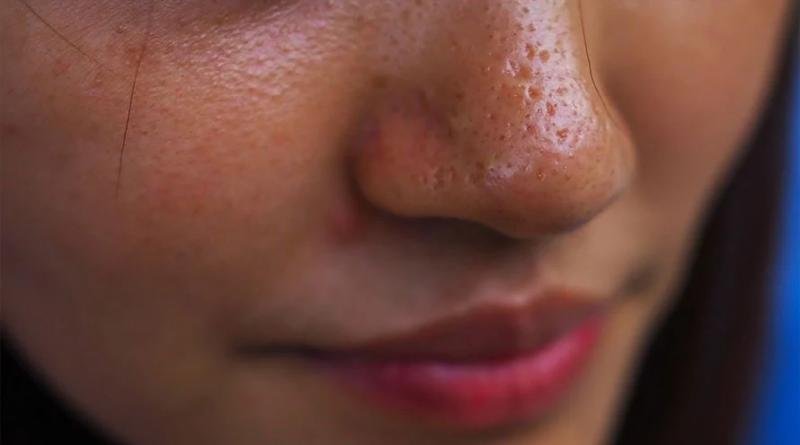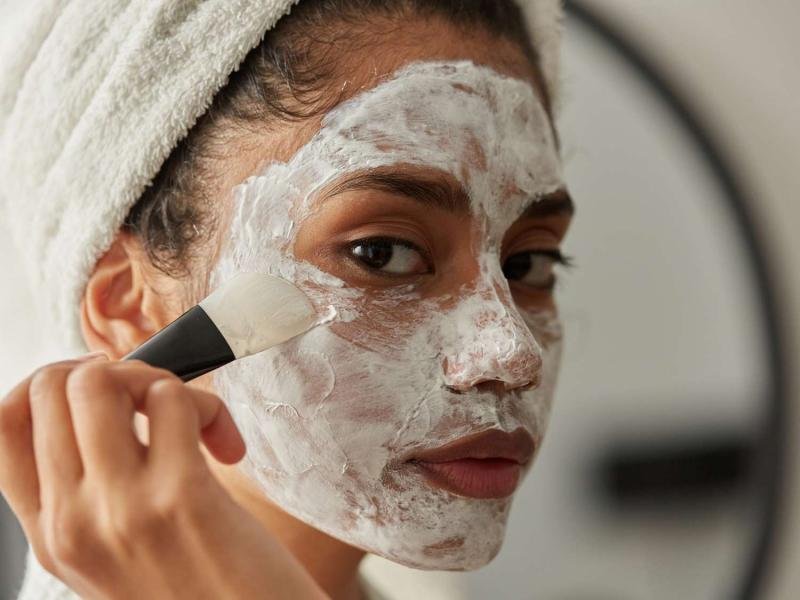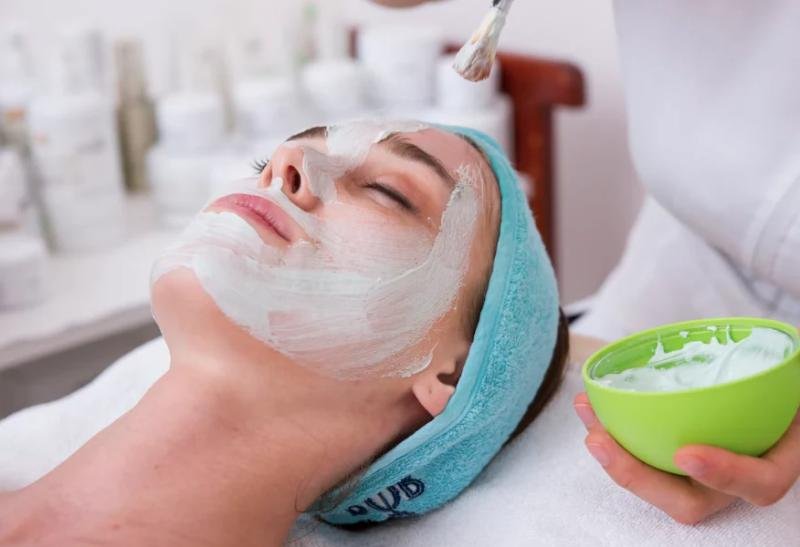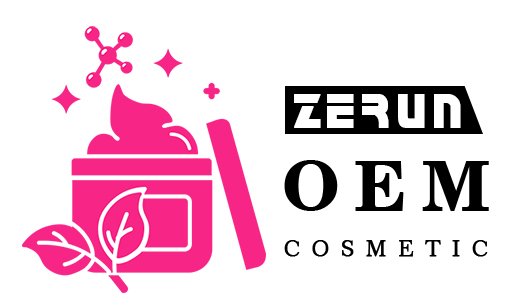You know that midday shine when your forehead feels like a mirror? Excess oil isn’t just about looking greasy—it can clog pores, trigger breakouts, and undermine your confidence.
Controlling face oil starts with understanding why your skin overproduces sebum and adopting targeted routines that balance hydration without adding grease. This guide cuts through the noise to give you real-world, expert-backed solutions to keep shine at bay—no miracle cures, just smart strategies you can start today.
“The secret to mattified skin isn’t stripping away every drop of oil—it’s teaching your skin to behave.”
What Causes Excessive Facial Oil Production?

Excess oil on the face isn’t “bad” skin—it’s simply skin that’s producing more sebum than necessary. Understanding the root causes helps you target solutions instead of just masking shine. Below, we dive into the main drivers of overactive sebaceous glands and back it up with hard data.
Hormonal Fluctuations
- Mechanism: Androgens (like testosterone) stimulate sebaceous glands.
- When It Happens: Puberty, menstrual cycle peaks, pregnancy, and stress all cause hormone swings.
Genetic Predisposition
- Mechanism: Some people inherit larger or more active sebaceous glands.
- Impact: If both parents had oily skin, you’re statistically more likely to, too.
Environmental Factors
- Mechanism: High humidity and pollution can trigger glands to excrete more oil as a protective barrier.
- Real-World Effect: Cities with >60% average humidity see residents report 15% more midday shine.
Skin Barrier Disruption
- Mechanism: Over-cleansing or harsh exfoliants strip natural lipids, prompting the skin to overcompensate by producing extra oil.
Diet & Lifestyle Choices
- Mechanism: High-glycemic foods spike insulin, indirectly boosting oil-producing hormones.
- Lifestyle Triggers: Poor sleep, chronic stress, and certain medications can also upregulate sebum.
Age & Skin Type
- Mechanism: Younger skin tends to produce more oil; production often tapers off after age 30.
- Variation: Combination skin types may see oiliness only in the “T-zone,” while true oily types show all-over shine.
The table below summarizes how each factor quantitatively affects sebum production, measured in mg/cm² per 3 hours (standard sebum excretion rate test).
| Cause Category | Specific Factor | Change in Sebum Excretion | Typical Data Point |
|---|---|---|---|
| Hormonal Fluctuations | Puberty / Menstrual Peaks | +20–50% | From 1.0 → 1.2–1.5 mg/cm²/3 h |
| Genetic Factors | Family History | Baseline shift upward | Oily skin: ~2.5 mg/cm²/3 h vs Normal: 1.0 |
| Environmental | Humidity >60% | +15% | 1.15 mg/cm²/3 h if normal baseline is 1.0 |
| Barrier Disruption | Harsh Cleansers | +30% post-damage | Jump from 1.0 → 1.3 mg/cm²/3 h |
| Diet & Lifestyle | High-Glycemic Diet | +25% active sebaceous units | 25% more visible shine in test group |
| Age & Skin Type | Under 30 years old | 10–20% higher than 30+ demographic | 1.1–1.2 mg/cm²/3 h |
Knowing which factors hit your skin hardest lets you pick targeted treatments—whether that’s tweaking your diet, switching to pH-balanced cleansers, or adding hormone-regulating ingredients like niacinamide. By addressing the root causes rather than just blotting away shine, you’ll create a long-term strategy that keeps your complexion balanced and healthy.
What Foods Cause Oily Skin?
Certain foods—especially high-glycemic carbs, dairy, and fried fare—can spike insulin and inflammation, pushing sebaceous glands into overdrive. Cutting back may not cure oiliness but often helps dial down shine and soothe occasional breakouts.
- High-Glycemic Carbs White bread, pastries, and sugary drinks cause blood sugar spikes, linked to increased sebum.
- Dairy Products Milk and cheese contain hormones that may trigger oil production in sensitive individuals.
- Trans Fats & Fried Foods Deep-fried items promote systemic inflammation, which can exacerbate oiliness and clogged pores.
- Omega-6 Overload A diet heavy in processed oils (corn, soybean) can tip your inflammatory balance toward excess oil.
- Balancing with Omega-3s Fatty fish, flaxseeds, and walnuts support healthy skin barriers and may help regulate sebum.
| Food Category | Examples | Potential Impact on Skin |
|---|---|---|
| High-Glycemic | White bread, soda | ↑ Insulin spikes → ↑ Sebum |
| Dairy | Milk, cheese | Hormonal residues → ↑ Oiliness |
| Trans Fats/Fried | Fries, doughnuts | Inflammation → clogged pores |
| Omega-6 Rich Oils | Corn, sunflower oil | Imbalanced lipids → more sebum |
| Omega-3 Rich Foods | Salmon, chia seeds | Anti-inflammatory → balanced skin |
How To Control Oil In Face Naturally?

Natural oil-control methods—from clay masks to green tea toners—can absorb excess sebum and soothe inflammation. Consistency is key: one-off fixes won’t tame long-term shine.
- Clay & Charcoal Masks Bentonite and activated charcoal act like magnets, pulling oil and impurities from pores.
- Green Tea Extract Rich in polyphenols, it helps regulate sebum and calm redness when used as a toner.
- Apple Cider Vinegar Rinse Diluted ACV restores pH balance, potentially minimizing oil spikes (patch-test first!).
- DIY Oatmeal Scrub Oats gently exfoliate while their natural saponins absorb surface oils without irritation.
- Aloe Vera Gel Lightweight hydration that soothes and can reduce shine when applied before moisturizer.
Which Key Ingredients Help Control Oiliness?
Targets like salicylic acid, niacinamide, and kaolin clay penetrate pores, regulate sebum, and refine texture. Integrate them judiciously to mattify without over-drying or compromising skin health.
- Salicylic Acid (BHA) Oil-soluble exfoliant that unclogs pores and reduces sebum production at the source.
- Niacinamide (Vitamin B3) Balances oil flow, strengthens the barrier, and calms inflammation in 4–8 weeks of use.
- Kaolin & Bentonite Clay Absorb excess oil and impurities in masks or cleansers; ideal for weekly treatments.
- Zinc PCA Regulates sebum synthesis while offering antimicrobial benefits to prevent breakouts.
- Oil-Free Hyaluronic Acid Delivers lightweight hydration without adding greasiness, signaling your skin to produce less oil.
| Ingredient | Mechanism | Usage Tips |
|---|---|---|
| Salicylic Acid (1–2%) | Penetrates pores, exfoliates | Use in cleanser or leave-on serum |
| Niacinamide (5%) | Regulates sebum, repairs barrier | Apply after toner, before moisturizer |
| Kaolin Clay | Surface oil absorption | Mask once weekly, leave 10–15 mins |
| Zinc PCA | Sebum control + antimicrobial | Look for in serums or moisturizers |
| Hyaluronic Acid | Hydrates, prevents over-stripping | Use daily for balanced moisture |
What Is The Best Face Treatment For Oily Skin?

Professional treatments—like chemical peels, microdermabrasion, and laser therapy—can dramatically reduce oiliness and pore size. Consult a dermatologist to match your skin’s sensitivity and oil-control goals.
- Chemical Peels (Glycolic/Salicylic) Scheduled peel series can reset oil levels and improve texture over 4–6 sessions.
- Microdermabrasion Mechanical exfoliation that refines pores and encourages balanced sebum production.
- Intense Pulsed Light (IPL) Targets oil-producing follicles and reduces redness, ideal for combined concerns.
- HydraFacial Gentle extraction plus antioxidant infusion—great for maintaining a mattified finish.
- LED Blue Light Therapy Kills acne-causing bacteria and may help regulate oil when used regularly.
How Do You Build An Oil-Control Skincare Routine?
An oil-control regimen layers gentle cleansers, targeted serums, lightweight hydrators, and weekly masks. Key: cleanse without stripping, treat oil-regulating ingredients, and finish with non-comedogenic SPF to protect without shine.
- Morning Routine Gentle BHA Cleanser → 2. Niacinamide Serum → 3. Oil-Free Moisturizer → 4. Mattifying SPF
- Evening Routine Double Cleanse (Oil + Water) → 2. Targeted Treatment (Peel or Serum) → 3. Light Moisturizer
- Weekly Add-Ons Clay Mask for deep oil draw Exfoliating Toner for pore refinement
- Blotting & Touch-Ups Blotting Papers in midday emergencies Silica-based Powder for quick mattifying
- Routine Tweaks Rotate actives (BHA, vitamin A) to avoid tolerance Adjust frequency based on skin response
Conclusion
Controlling face oil is a journey of listening to your skin, not waging war on it. By combining targeted ingredients, professional treatments, dietary tweaks, and consistent routines, you’ll transform shine into a healthy, balanced glow.
Zerun Cosmetic has decades of OEM experience in crafting personalized skincare solutions—with free design, samples, and logo customization for small to large clients worldwide. Contact us today to develop your perfect oil-control product range and stand out in the market!





